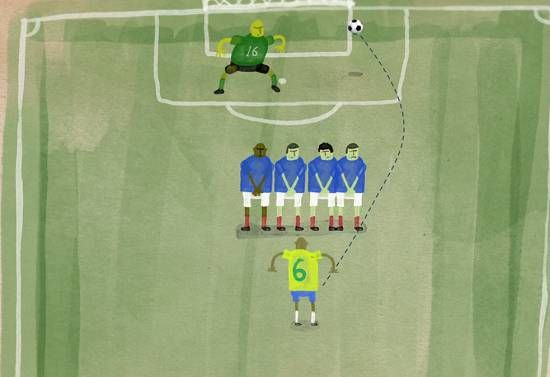
Video: Understanding the physics of Roberto Carlos' banana free-kick goal

The Roberto Carlos wonder goal against France in 1997 which is popularly known as the banana kick is said to have defied physics. But the truth is that Carlos applied physics to his advantage which would have made Isaac Newton proud.
Carlos may not be able to explain the physics behind his goal but Newton’s law can and expert Erez Garty explains in simple science of how the Brazilian used the laws of physics to score that impossible banana free-kick from .
The video was created by TED-Ed with Garty explaining in a systematic way the history of the goal and the science behind it. Gerty explains how Newton’s first law of motion is applied behind the goal. The video helps you to look at the goal in a whole new way while also imparting a good physics lesson which you may not find interesting learning straight out of a text book.
The importance of spin, rotation, movement of the ball and air pressure is discussed to explain the phenomenon behind the goal which is the Magnus effect. In short, the goal helps simplify science and helps you learn a science lesson for the day.
It also proves that the goal was not a fluke and that it takes a lot of practice to perfect a kick like that. After all, not many, if any, have been able to emulate what the former Real Madrid man achieved.
The powerful shot had curved so precisely and sharply that it left goalkeeper Fabian Barthez stunned and absolutely puzzled to score one of the most magnificent goals in the history of football. It is said that such a kick can be emulated if the ball is kicked hard enough, coupled with appropriate spin and kicked from a distance.